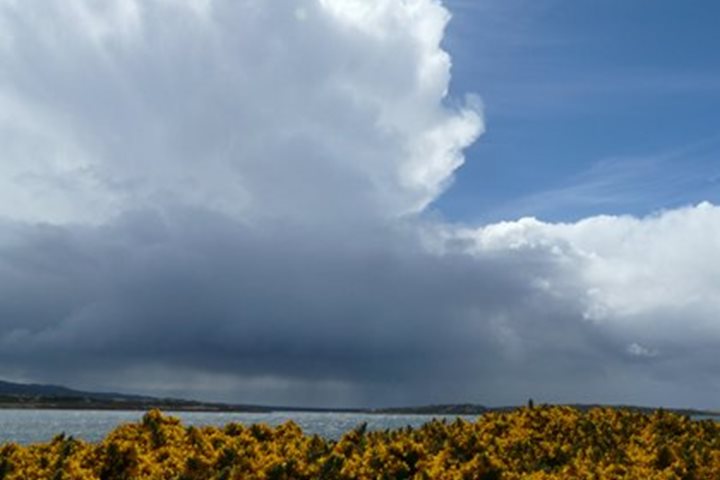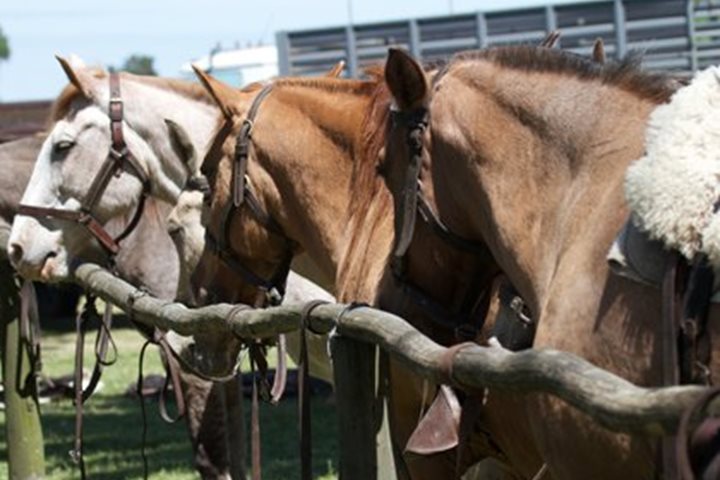By no coincidence our ship, National Geographic Explorer, sailed into Guanabara Bay just as the sun rose, casting the first rays of the day on this magnificent city. Christ the Redeemer, the iconic symbol of Rio, perched high up on Corcovado, welcomed us as we made way.
Our first of two full days in Rio would include many opportunities to see the sites and world famous attractions of the city. Today’s itinerary Included a tour of both Corcovado and Sugarloaf to get some breathtaking views of the city; also an all-day outing to the Poço das Antas Biological Reserve for a chance to see the endangered and endemic golden lion tamarin. The reserve within the threatened Atlantic Forest harbors the only remaining wild population of these animals, most of them from introduced stocks from American zoos’ captive breeding programs. With a population now over 1000, the tamarins are at least stable in the remaining forest habitat provided for them.
It was the latter option that this author was able to participate in. After over two hours of travel out of the city we arrived at the reserve. Not only were we here to perhaps get a glimpse of the tamarins but also to learn about and experience the Atlantic Forest ecosystem, one of the most threatened forest biomes on the planet, covering only about 7% of its former 1.5 million km². As it would happen, the biologists at the reserve had located 3 family groups of tamarins prior to our arrival so we immediately set out to find these very small primates. Weighing in at just under 1.5 pounds and measuring slightly over 10 inches these new world primates may look more like squirrels than monkeys. As luck would have it, we intercepted the groups along an old track through the forest and had an incredible opportunity to view all three groups. Two of the groups had only recently had two young, with the dominant pairs of animals caring for them.
Tamarins, like all primates, have a highly structured social structure with one dominant/alpha pair at the top. The young were quite small and clinging to the backs of the adults while they foraged and bounded around the trees and shrubs. We also got a glimpse of two other species of primates that were satellites of the family groups. Common marmosets and black-tufted-eared marmosets are often associated with the tamarins. In this area however, both of these species are introduced and have at times displaced or out-competed the tamarins. After about an hour we decided to leave these striking and engaging animals and returned to the vehicle to continue our day.
The afternoon was spent at a beautiful fazenda called Santo Antonio dos Cordeiros for lunch. This fazenda and many others in eastern Brazil have been an integral part in the conservation efforts to restore the Atlantic Forest and create corridors of habitat between existing forest patches.
Upon returning to the ship we had a brief rest and a chance to get freshened up for the big celebration of the 125th Birthday of the National Geographic Society. The event would be held at Casa das Canoas, a sprawling house nestled in the hillside outlying Rio with the Tijuca National Forest butting right up against it. The cocktails and canapés were abundant and the meal was prepared in traditional Brazilian churrasco style with a Samba show to cap the evening off. It was quite a festive way to celebrate and conclude our first day in Rio.







